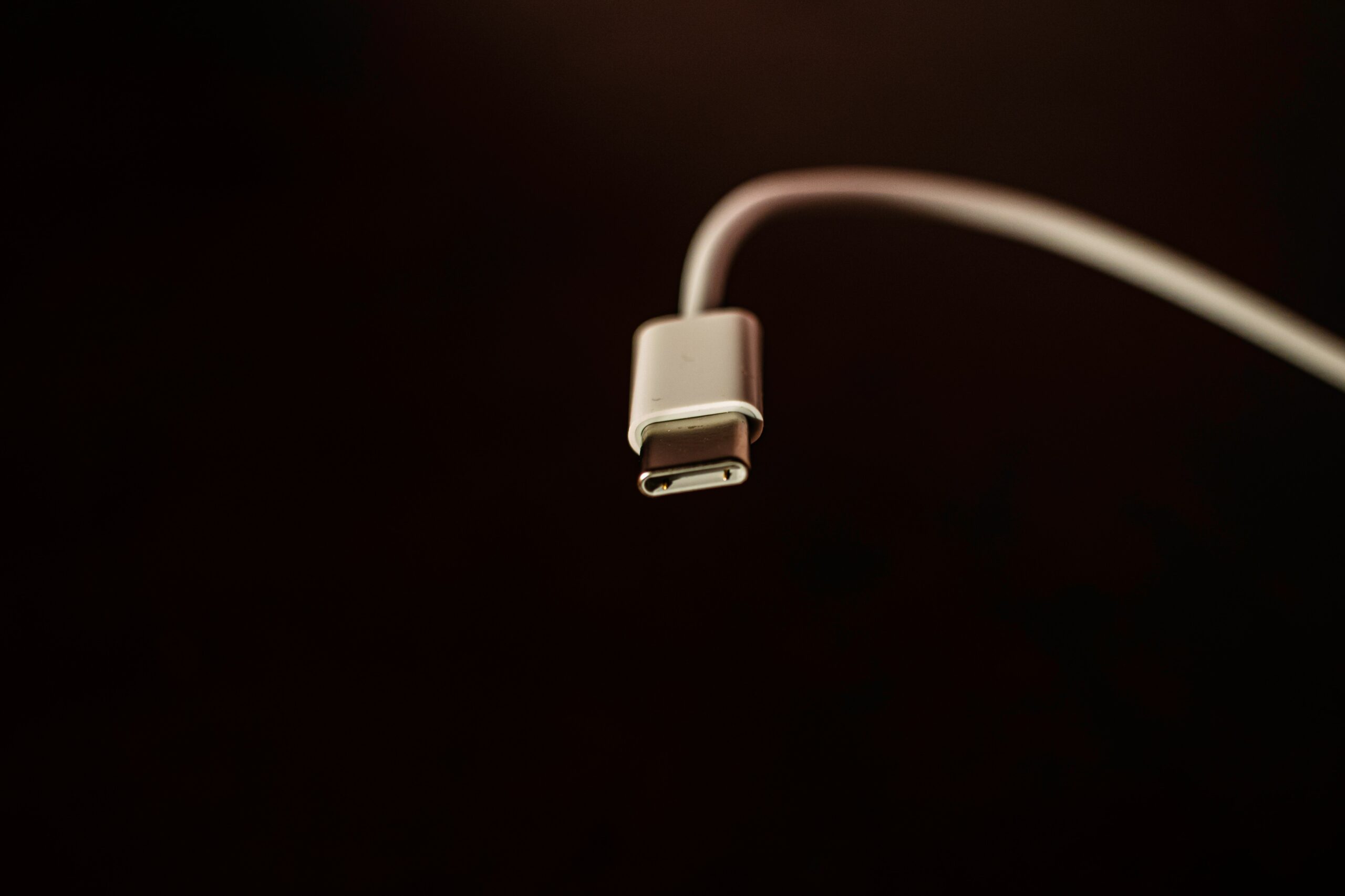Ask Arthur
Ask Arthur: Is
USB-C a thing?
A reader asks how USB-C works, and whether it will lead to a universal charging system. ARTHUR GOLDSTUCK has answers.
Q: How do you use the new USB-C ports? Are we going to see a universal charger?
A: If you have a USB-C port on your smartphone and a USB-C plug on your charging cable, your electronics life generally goes on as usual, only better. Mostly.
First, the advantages:
- No more having to check that the micro-USB plug is lined up exactly with the port to avoid destroying the finicky connector inside. Because it uses a reversible connector, the USB-C connector is symmetrical, and you can plug it in either way.
- High data transfer speeds: USB-C supports data transfer speeds of up to 40 Gbps, ideal for transferring large files or connecting high-performance devices.
- High power delivery: USB-C supports power delivery up to 100 watts, which is enough to charge even the most powerful laptops.
- Supports multiple protocols: USB-C can be used for data transfer, charging, and display output.
The biggest disadvantages include the fact that;
- USB-C may be on every new smartphone, but it is still relatively new, and is not supported on most peripherals, like portable power banks.
- USB-C cables and devices are often more expensive than their USB-A counterparts.
- Lack of standardisation in the implementation of USB-C, which can lead to compatibility issues, such as data cables that only work fully on the smartphone with which they came.
In short, USB-C is a remarkable improvement over USB-A, but don’t throw out those ‘A’ connectors yet. In many cases, the peripherals you use will still need charging via USB-C.
Yesterday, Apple announced that the new iPhone 15 range would introduce USB-C charging ports to the company’s smartphones for the first time. This means the last hurdle to USB-C becoming a universal standard has fallen.

















